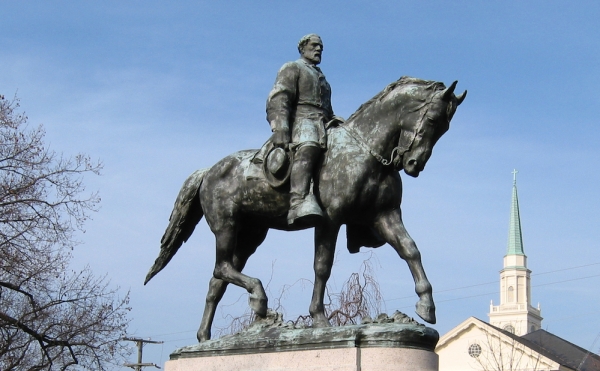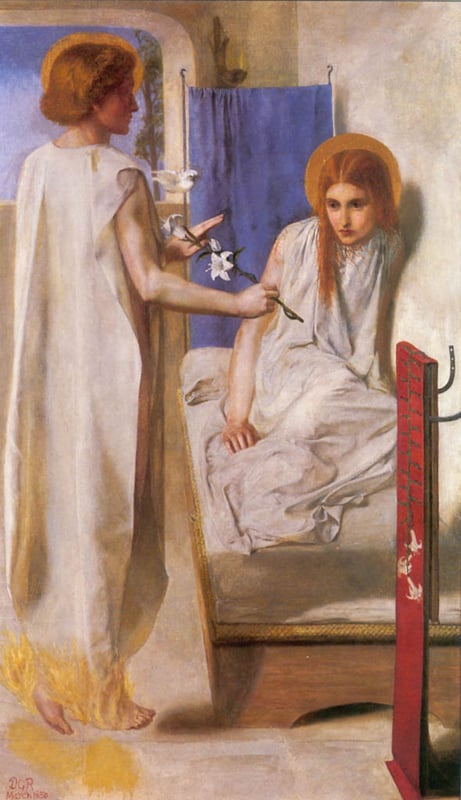Monumental Anger
About a month after the shooting of Trayvon Martin in Florida, during the annual Virginia Festival of the Book, at a talk given by local Charlottesville historian and City Councilor Edward Ayers, a young woman who lives in Charlottesville asked a question about taking the Lee statue down.
“People around her gasped. “You would have thought I had asked if it was O.K. to torture puppies,” she recalled during a 2013 conversation on Back Story, a podcast supported by the Virginia Foundation for the Humanities.
The response to her comment was heated, and swift. Ms. Szakos said she received threats via phone and email. “I felt like I had put a stick in the ground, and kind of ugly stuff bubbled up from it,” she said.”
By 2015 debates about Confederate flags and statues were heating up across the south, and in several states movements to remove them were springing up. After the Charleston church massacre, the intensity increased. The Lee statue in Charlottesville began to collect spray painted graffiti, and removing it was difficult. And the Charlottesville City Council unanimously passed a resolution to move the statue to another location.
And this became the occasion for a lawsuit by those who wanted it left where it was, and also the occasion for the United the Right march that has caused three deaths, a national uproar, a spate of Presidential tweets, and increased pressure all over the south for the removal of other statues.
In Durham, NC, a vigilante mob of young students pulled down a statue of a confederate soldier. And this week, in Lexington, Kentucky, the city council is poised to remove two Confederate statues, one of a general no one up here in NH ever heard of, and the other of a Confederate administration official.
Today the President, a life-long New Yorker whose excursions have been exclusively to properties he owns where other New Yorkers vacation, sent out a Tweet in defense of Confederate statues, repeating his claim that Washington and Jefferson will be next.
Of course, they won’t. The litter of Confederate generals who adorn the village squares of the south had no other accomplishments in their lives than fighting to secede from the US. Washington and Jefferson, who established the US by word and deed as well as by their Presidencies, are founding fathers.
President Trump knows this, but he and his canny advisor Steven Bannon also know that the country’s voters are still invested in racism, and like it when the President talks bad boy about race.
Democrats will rush to defend the statue removals, and white voters will dismiss them. And perhaps be more inclined to vote for Trump again.
There’s a reality here that no one wants to talk about. The fact is, demographically, the white population is aging out and has produced fewer children. And the combination of newer immigrants (who are arriving from non-white countries) and older populations of color is younger by far, and will become a non-white majority by 2040.
For them, the issues of a failed war fought 150 years ago remain important only in the degree to which attitudes among white people have not changed.
And for them, whether newly arrived or the descendants of slaves, living in towns where the central decorations are Confederate generals is unpleasant. Those generals, after all, stand there in stone still representing the supremacy of white people and the lesser humanity of all others. Their statues represent an economy based on servitude.
At the time of the Civil War, there were 4.5 million slaves in the US. 4.5 million people who were paid nothing at all for their labor, and who produced the largest supply of cotton in the world. As well, and again for nothing, they built the White House and the US Capitol, the Library of Congress, and many other DC buildings.
The National Mall was for many decades a slave market, in fact, where the steady demand for workers in the growing city was supplied.
So when looking at statues of Robert E. Lee, Stonewall Jackson, and Jefferson Davis, African-Americans and Asians and Latinos don’t see what the Daughters of the Confederacy see. They don’t see great-grandpa. They see a brute.
In the North, the Daughters of the American Revolution were discredited during the 1940’s when they refused to let Marian Anderson, a black opera singer, sing the National Anthem in DC. Their tears for a white culture were shunned, and women like my own mother quit the DAR over the incident and never looked back.
The argument is about what we cherish. We the People. What we hold dear. And the tender southern hearts that long to bask in rosy memories of supposedly honorable Confederate soldiers are being made aware that theirs are not the most important hearts in town.
And Christians, whatever race we are, are confronted by Jesus honoring of the Canaanite woman who stood her ground when he himself told her she didn’t belong, he was only there for his own people. She stood her ground. And he saw in her what he proclaimed as very great faith.
Those who need to revisit the Confederacy can do so – in any one of many museums. But the Confederacy must not continue to hold sway in the 21st century. And the Old South must assuredly never rise again.
___________________________________________________________________________________________________
Image: Statue of Robert E. Lee in Charlotteville, VA. Wikimedia Commons.











